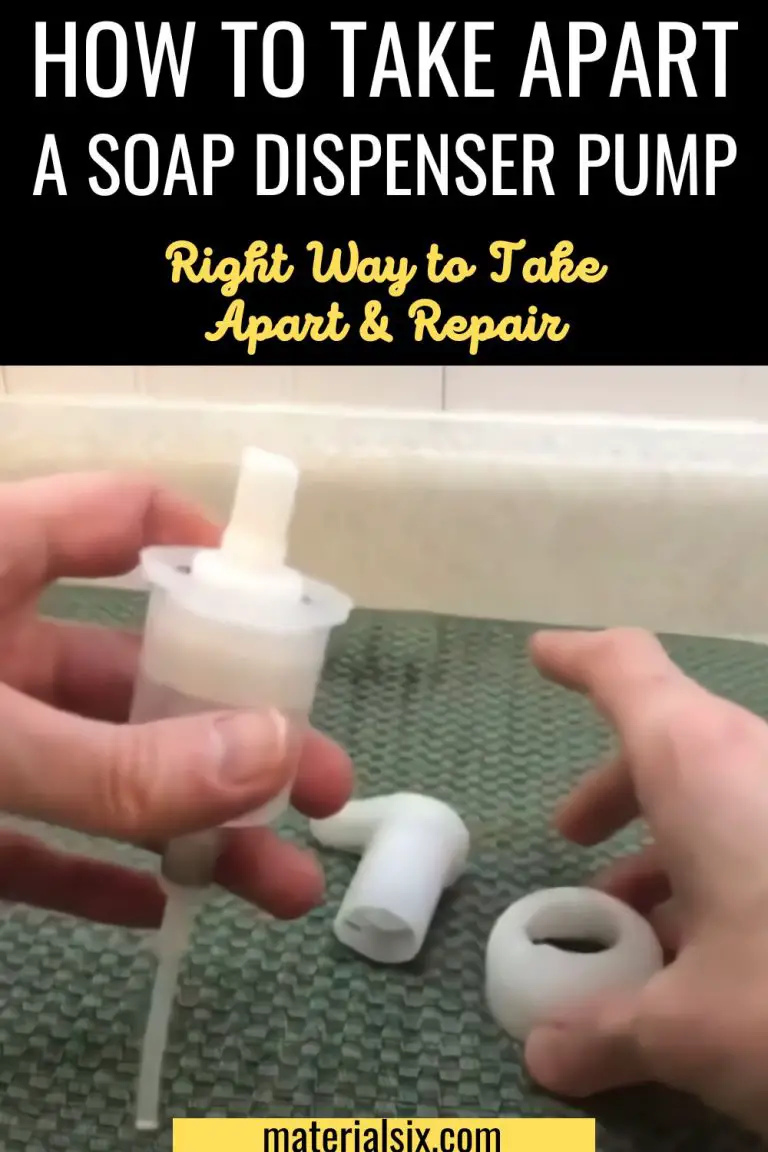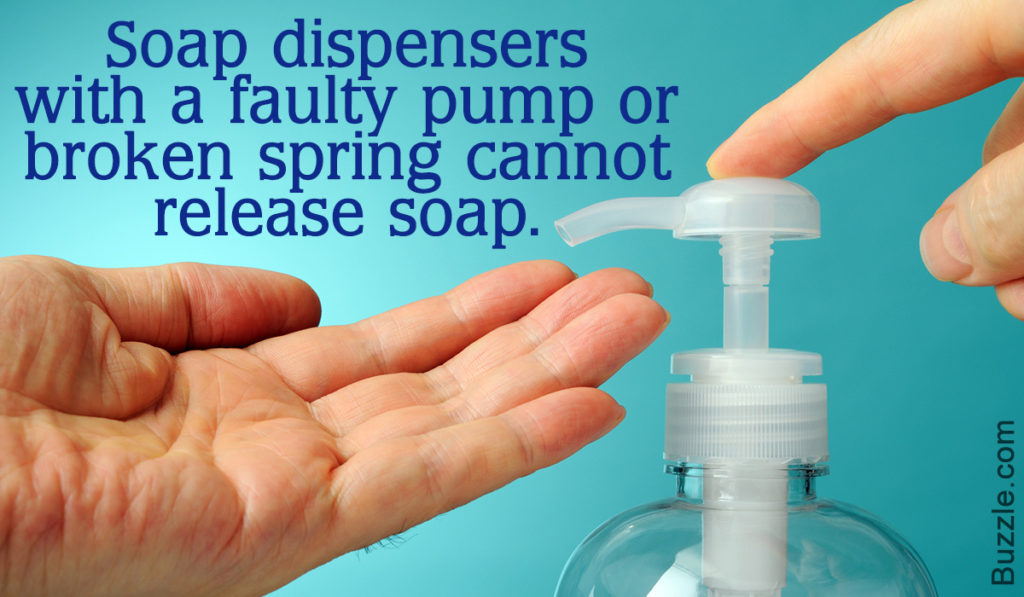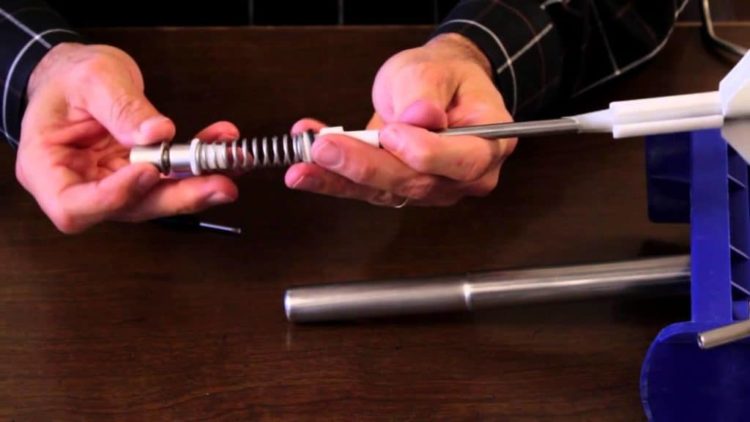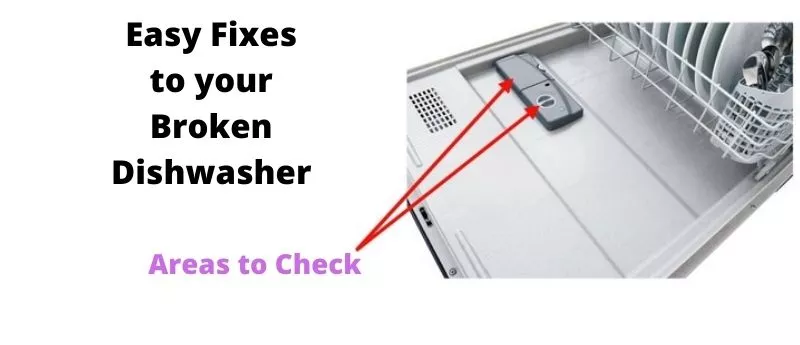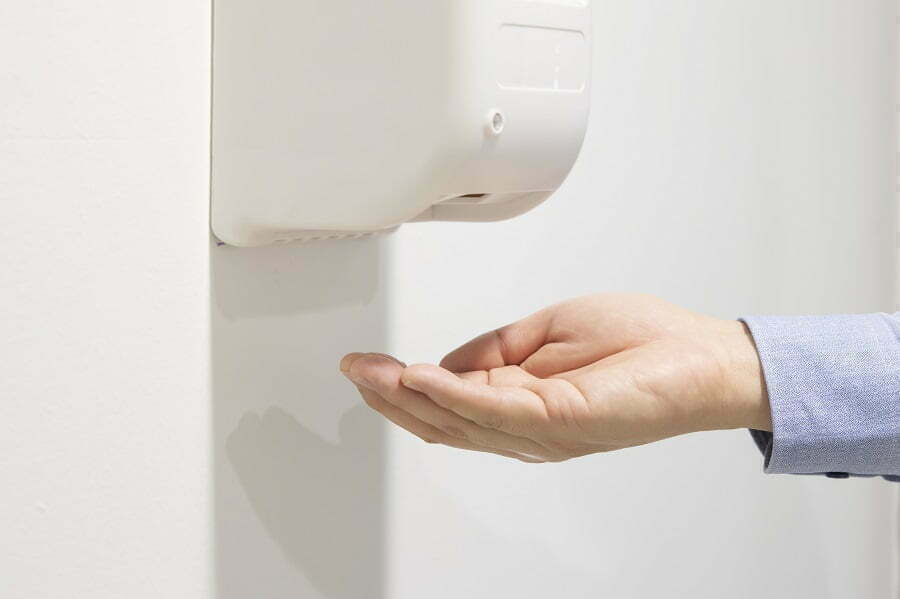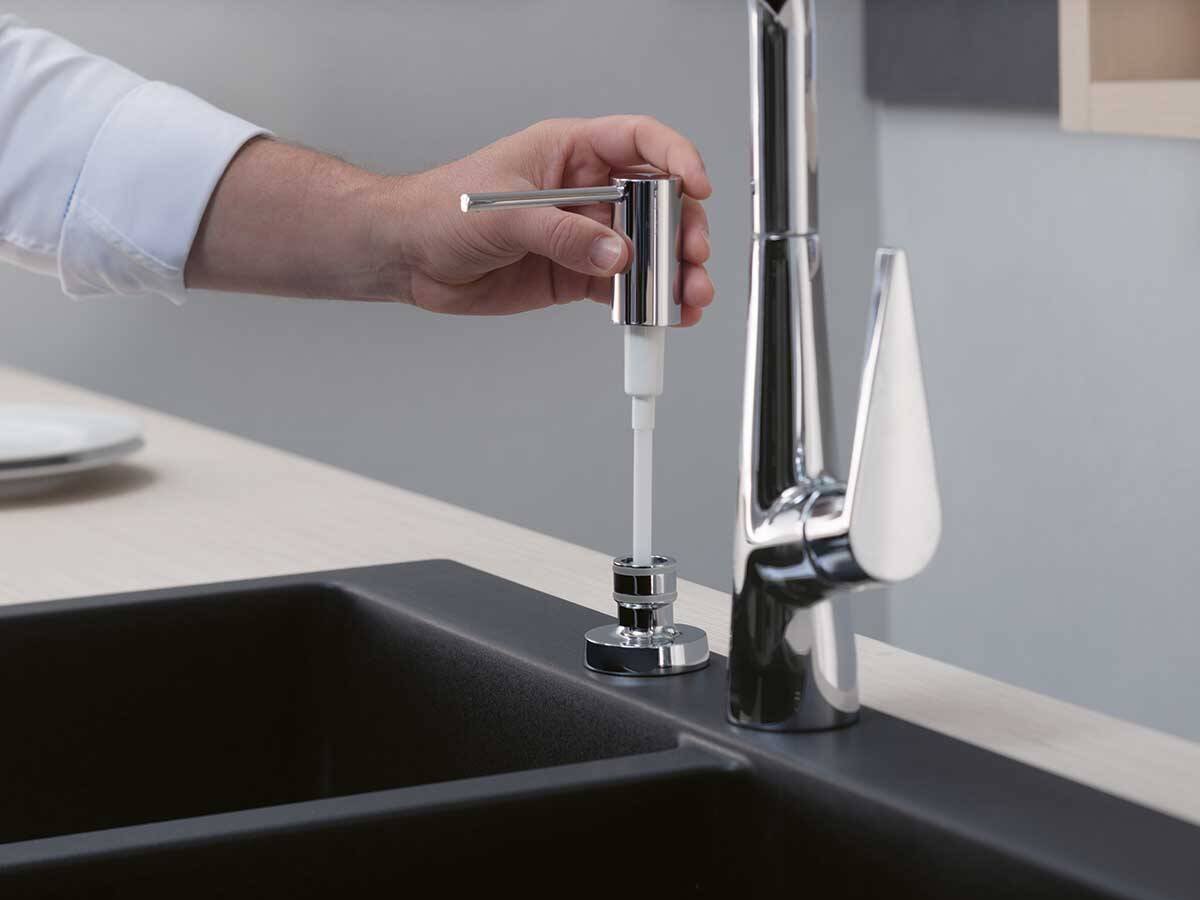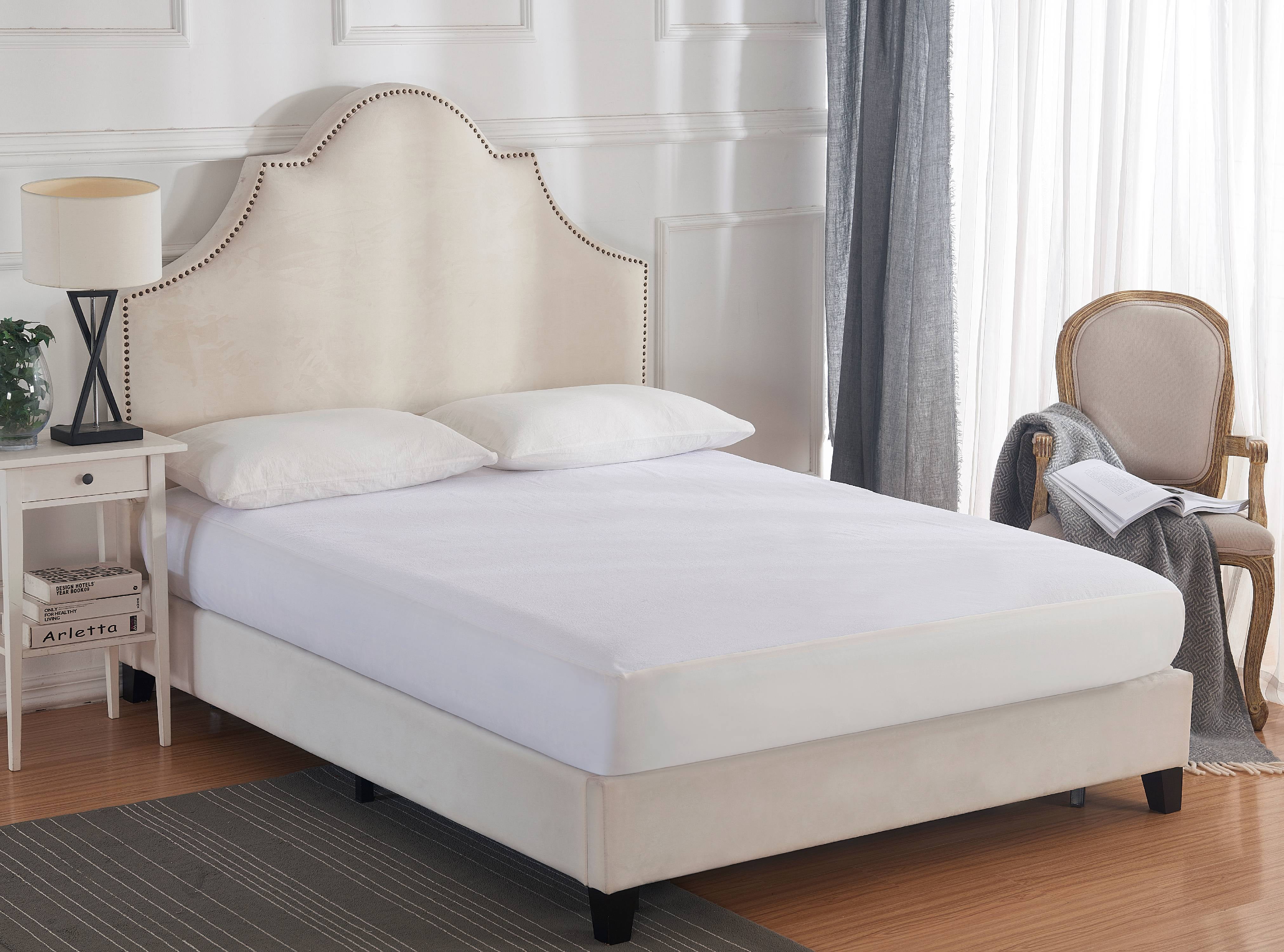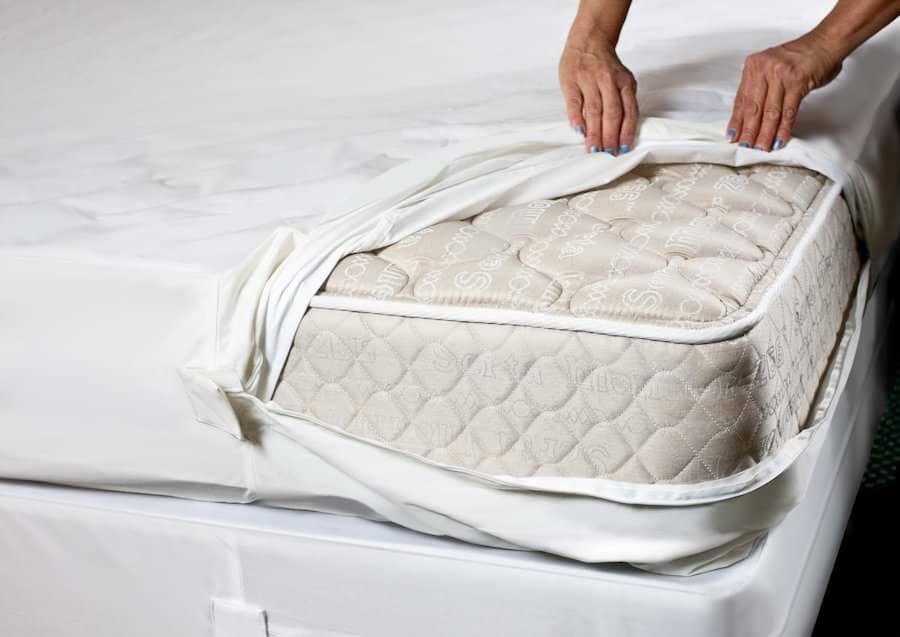Troubleshooting a Kitchen Sink Soap Dispenser That's Not Working
If you have a soap dispenser installed in your kitchen sink, you know how convenient it can be for washing dishes or hands. But when it stops working, it can be frustrating. Before you resort to using a separate soap bottle, try troubleshooting the issue with these simple steps.
How to Fix a Clogged Soap Dispenser
A common problem with kitchen sink soap dispensers is clogging. Over time, soap residue and debris can build up in the nozzle, preventing soap from dispensing properly. To fix this issue, you can try unclogging the nozzle using a few different methods.
Method 1: Fill a bowl with warm water and add a few drops of dish soap. Remove the soap dispenser pump and let it soak in the solution for about 10 minutes. Then, use a toothbrush to gently scrub the nozzle and rinse it with warm water. This should remove any buildup and allow the soap to flow freely.
Method 2: Another way to unclog a soap dispenser nozzle is by using a needle or pin to remove any debris stuck inside. Carefully insert the needle or pin into the nozzle and move it around to loosen and remove any buildup. Then, run water through the nozzle to flush it out.
Common Problems with Soap Dispensers and How to Fix Them
Aside from clogging, there are a few other common problems that can occur with kitchen sink soap dispensers. Here are some tips for fixing them:
Problem: Soap dispenser won't pump
Solution: This could be due to a lack of soap in the reservoir or a clogged nozzle. Refill the reservoir with soap and try unclogging the nozzle using one of the methods mentioned above.
Problem: Soap dispenser leaks
Solution: If your soap dispenser is leaking, it could be because the pump is not tightly screwed onto the bottle. Try tightening it or replacing the pump if necessary.
Problem: Soap dispenser is difficult to pump
Solution: This could be caused by a buildup of soap or debris in the pump mechanism. Try cleaning the pump and nozzle as mentioned in the previous troubleshooting methods.
How to Unclog a Soap Dispenser Nozzle
If your soap dispenser nozzle is particularly clogged, you may need to use a stronger solution to unclog it. Here's what you'll need:
- White vinegar
- Baking soda
- Hot water
- Toothbrush
Step 1: Remove the soap dispenser pump and soak it in a bowl of hot water for a few minutes.
Step 2: In a separate bowl, mix equal parts white vinegar and baking soda to create a paste.
Step 3: Use the mixture to scrub the nozzle and pump with a toothbrush. This will help unclog any stubborn buildup.
Step 4: Rinse the pump and nozzle with hot water and reattach it to the bottle.
Soap Dispenser Not Pumping Soap? Here's What to Do
If your soap dispenser is not pumping soap at all, there could be a few different reasons why. Here's how to troubleshoot this issue:
Step 1: Check the soap reservoir to make sure it's not empty. If it is, refill it and try pumping again.
Step 2: Make sure the pump is fully screwed onto the bottle. If it's loose, tighten it and try pumping again.
Step 3: Remove the pump and check for any debris or clogs in the mechanism. Clean it and try pumping again.
Step 4: If none of these solutions work, you may need to replace the pump entirely.
How to Clean and Maintain Your Kitchen Sink Soap Dispenser
To prevent soap dispenser issues from occurring, it's important to regularly clean and maintain it. Here are some tips for keeping your soap dispenser in good working condition:
- Clean the nozzle and pump regularly to prevent buildup
- Refill the soap reservoir before it's completely empty
- Use a mild soap, such as dish soap, to prevent clogging
- Replace the pump if it becomes damaged or worn out
- Avoid using thick or abrasive soaps in the dispenser
How to Replace a Kitchen Sink Soap Dispenser
If your kitchen sink soap dispenser is beyond repair, you may need to replace it. Here's how:
Step 1: Purchase a replacement soap dispenser that is compatible with your sink and soap bottle.
Step 2: Remove the old soap dispenser by unscrewing it from the sink or pulling it out of the countertop.
Step 3: Clean the area where the old dispenser was installed to remove any residue or buildup.
Step 4: Install the new soap dispenser by following the manufacturer's instructions.
Note: If your new soap dispenser does not come with a bottle, you can reuse the one from your old dispenser or purchase a new one separately.
Troubleshooting Tips for a Kitchen Sink Soap Dispenser
If you're still having trouble with your kitchen sink soap dispenser, here are a few more tips to help you troubleshoot:
- Use hot water to flush out the nozzle and pump
- Check for any kinks or blockages in the soap bottle tube
- Make sure the soap bottle is not positioned too low, causing it to pump air instead of soap
- If using a refillable soap bottle, make sure the soap is not too thick or contains any exfoliating additives
How to Fix a Soap Dispenser That Won't Pump
If your soap dispenser is still not working properly, you may need to replace the pump. Here's how:
Step 1: Purchase a new soap pump that is compatible with your soap bottle.
Step 2: Unscrew the old pump from the soap bottle and discard it.
Step 3: Insert the new pump into the soap bottle and screw it on tightly.
Step 4: Test the new pump by pumping out a small amount of soap.
How to Repair a Soap Dispenser That's Not Working
If your soap dispenser is still not functioning properly, you may need to repair it. Here are some steps to follow:
Step 1: Disconnect the soap dispenser from its pump and nozzle.
Step 2: Inspect the pump and nozzle for any damage or wear and tear.
Step 3: Clean and replace any damaged parts as needed.
Step 4: Reattach the pump and nozzle and test the dispenser to see if it's working properly.
Note: If you're not comfortable with repairing the dispenser yourself, it's best to seek professional help to avoid causing further damage.
In conclusion, kitchen sink soap dispensers can be a convenient and useful addition to your kitchen, but they do require some maintenance and troubleshooting from time to time. By following these tips and tricks, you can keep your soap dispenser in good working condition and avoid any frustrating issues in the future.
Why Your Kitchen Needs a Functional Soap Dispenser

The Importance of a Soap Dispenser in the Kitchen
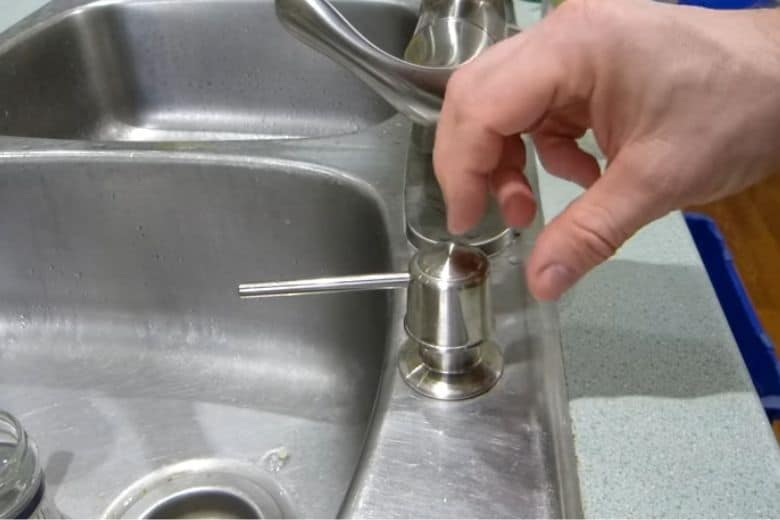 When it comes to designing a functional and efficient kitchen, every detail matters. From the layout and appliances to the finishing touches, every element contributes to the overall functionality and aesthetic of the space. One often overlooked but crucial aspect of the kitchen is the
soap dispenser for the kitchen sink
. While it may seem like a minor detail, a
working soap dispenser
is essential for maintaining a clean and hygienic kitchen.
When it comes to designing a functional and efficient kitchen, every detail matters. From the layout and appliances to the finishing touches, every element contributes to the overall functionality and aesthetic of the space. One often overlooked but crucial aspect of the kitchen is the
soap dispenser for the kitchen sink
. While it may seem like a minor detail, a
working soap dispenser
is essential for maintaining a clean and hygienic kitchen.
The Common Problem: Soap Dispenser Not Working
-image-1280w-720h.jpg) If you're having trouble getting your
kitchen sink soap dispenser
to work, you're not alone. This is a common issue that many homeowners face. The most likely culprit is a clogged pump or a blocked nozzle, which can be caused by soap buildup or debris. You may also be experiencing a leak, which can be caused by a cracked or worn-out dispenser.
If you're having trouble getting your
kitchen sink soap dispenser
to work, you're not alone. This is a common issue that many homeowners face. The most likely culprit is a clogged pump or a blocked nozzle, which can be caused by soap buildup or debris. You may also be experiencing a leak, which can be caused by a cracked or worn-out dispenser.
Convenience and Hygiene
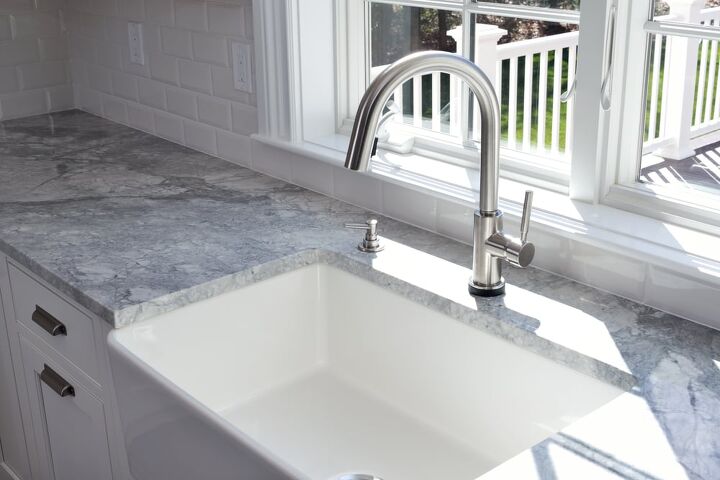 A
working soap dispenser
offers both convenience and hygiene benefits in the kitchen. With a functional soap dispenser, you can easily
dispense soap
onto your hands without having to reach for a separate bottle or bar of soap. This not only saves you time and effort but also helps to prevent the spread of germs and bacteria. Additionally, a soap dispenser with a
built-in pump
allows for a more controlled and precise amount of soap to be dispensed, reducing waste and mess in the sink area.
A
working soap dispenser
offers both convenience and hygiene benefits in the kitchen. With a functional soap dispenser, you can easily
dispense soap
onto your hands without having to reach for a separate bottle or bar of soap. This not only saves you time and effort but also helps to prevent the spread of germs and bacteria. Additionally, a soap dispenser with a
built-in pump
allows for a more controlled and precise amount of soap to be dispensed, reducing waste and mess in the sink area.
Style and Design
 Aside from its practical uses, a soap dispenser can also add to the overall style and design of your kitchen. With a variety of
designs, colors, and finishes
available, you can choose a soap dispenser that complements your kitchen's aesthetic. Whether you prefer a modern and sleek look or a more traditional and elegant style, there is a soap dispenser that will match your kitchen decor.
Aside from its practical uses, a soap dispenser can also add to the overall style and design of your kitchen. With a variety of
designs, colors, and finishes
available, you can choose a soap dispenser that complements your kitchen's aesthetic. Whether you prefer a modern and sleek look or a more traditional and elegant style, there is a soap dispenser that will match your kitchen decor.
The Solution: Repair or Replace?
 If your
kitchen sink soap dispenser
is not working properly, the first step is to determine the cause of the issue. If it is a clog or a leak, it can often be fixed with some basic cleaning and maintenance. However, if the dispenser is beyond repair, it may be time to consider replacing it with a new one. This is a relatively simple and affordable fix that can make a big difference in the functionality and appearance of your kitchen.
In conclusion, a
functional soap dispenser
is an essential element in a well-designed kitchen. It offers convenience, hygiene, and style benefits, making it a small but significant detail that should not be overlooked. If you're experiencing issues with your
kitchen sink soap dispenser
, don't hesitate to address the problem and consider replacing it if necessary. Your kitchen and your hands will thank you.
If your
kitchen sink soap dispenser
is not working properly, the first step is to determine the cause of the issue. If it is a clog or a leak, it can often be fixed with some basic cleaning and maintenance. However, if the dispenser is beyond repair, it may be time to consider replacing it with a new one. This is a relatively simple and affordable fix that can make a big difference in the functionality and appearance of your kitchen.
In conclusion, a
functional soap dispenser
is an essential element in a well-designed kitchen. It offers convenience, hygiene, and style benefits, making it a small but significant detail that should not be overlooked. If you're experiencing issues with your
kitchen sink soap dispenser
, don't hesitate to address the problem and consider replacing it if necessary. Your kitchen and your hands will thank you.
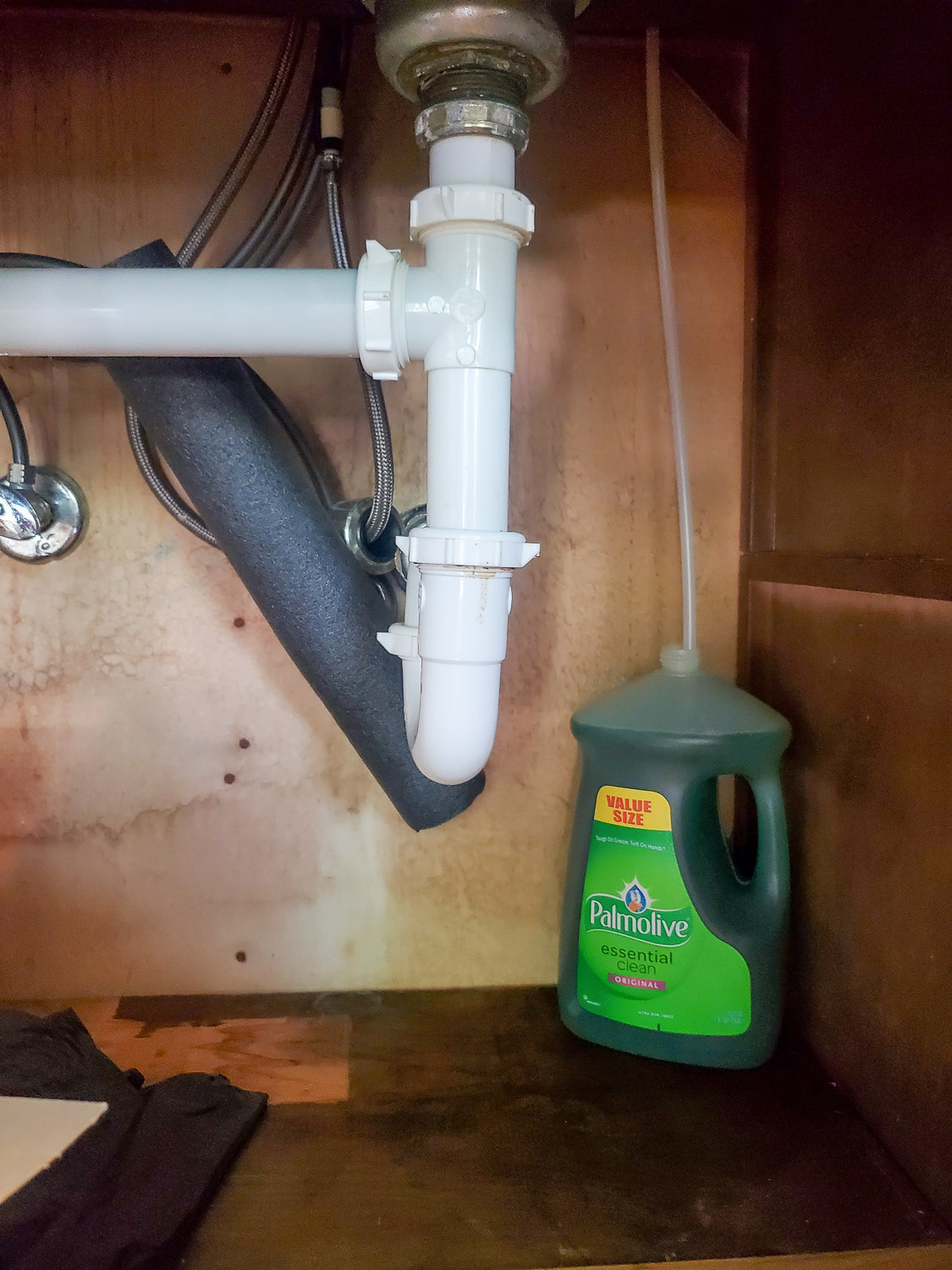

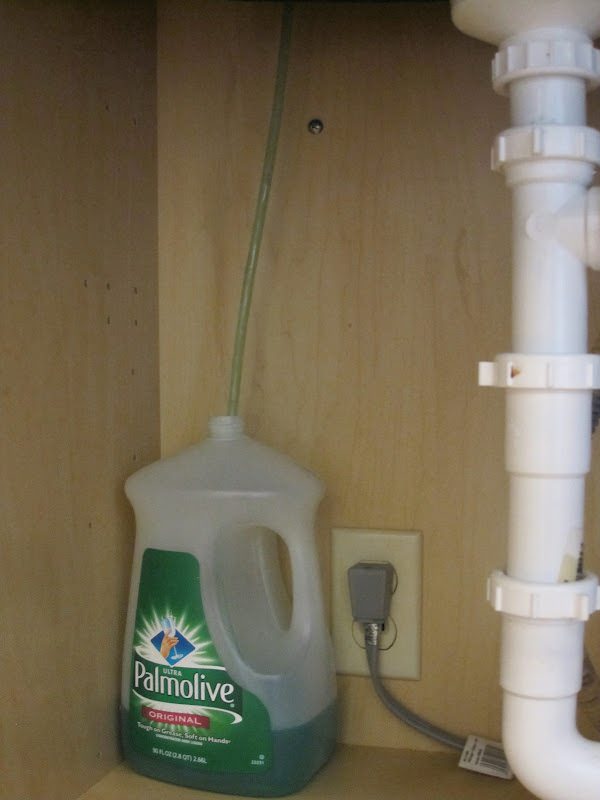


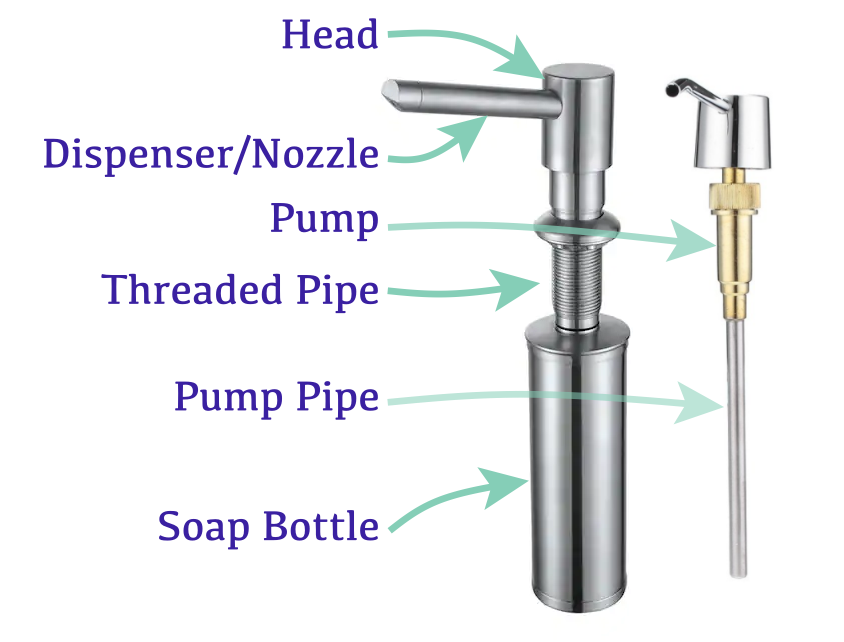
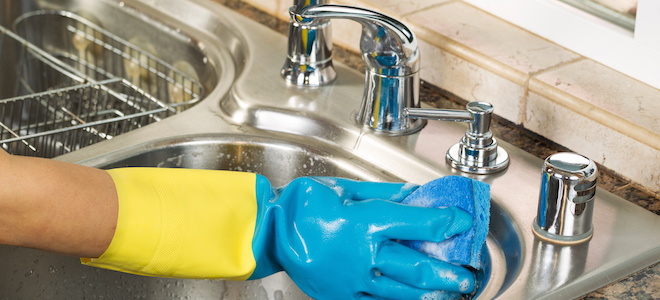
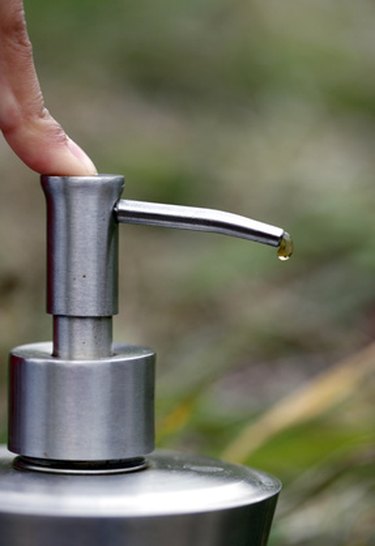
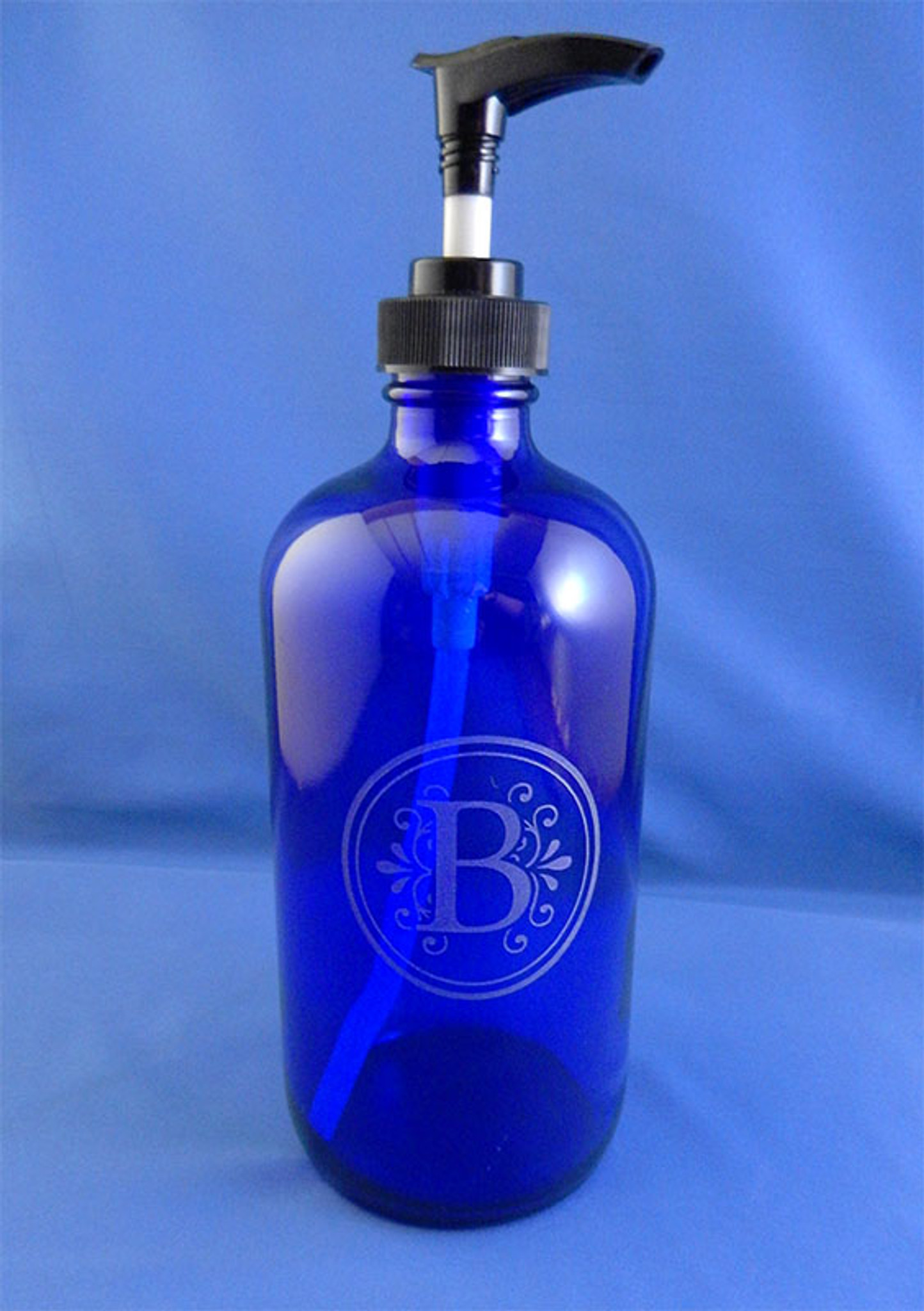

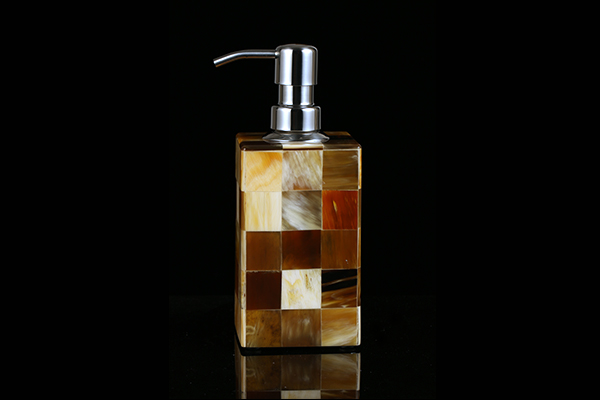





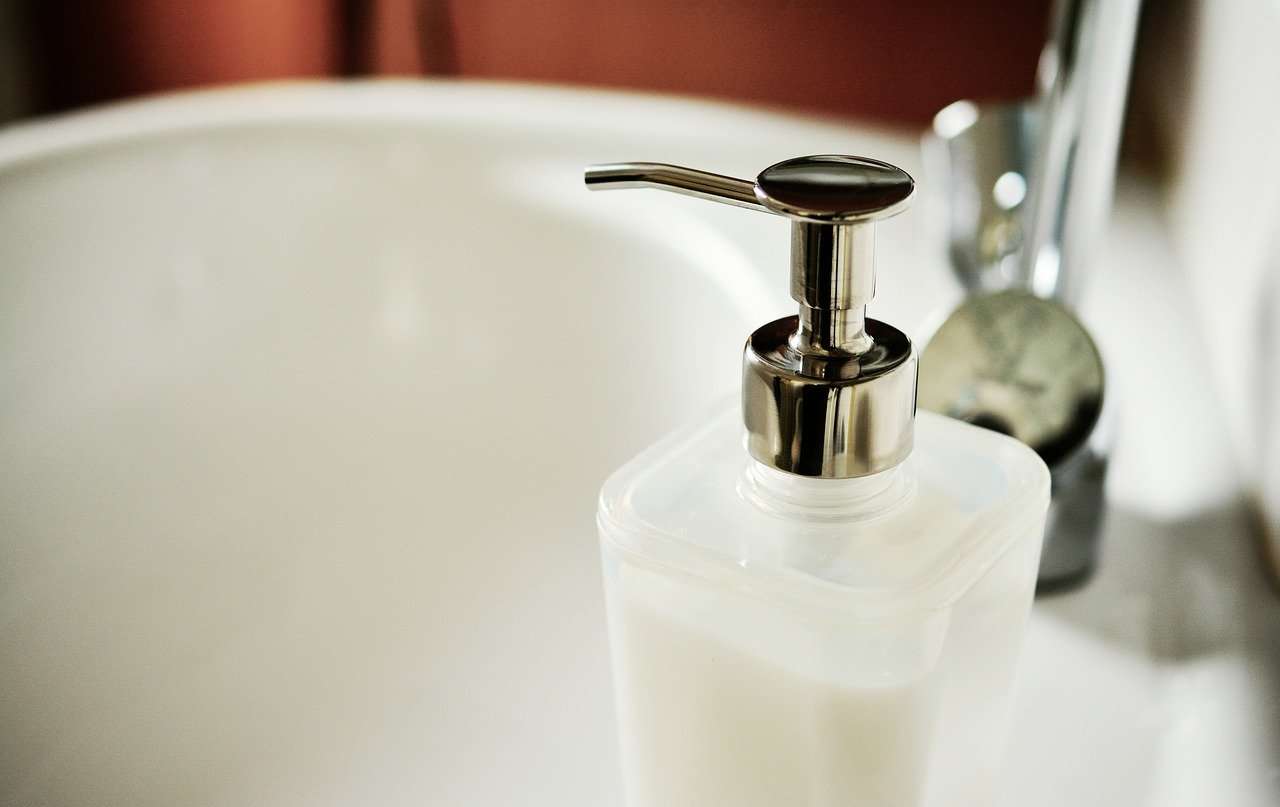



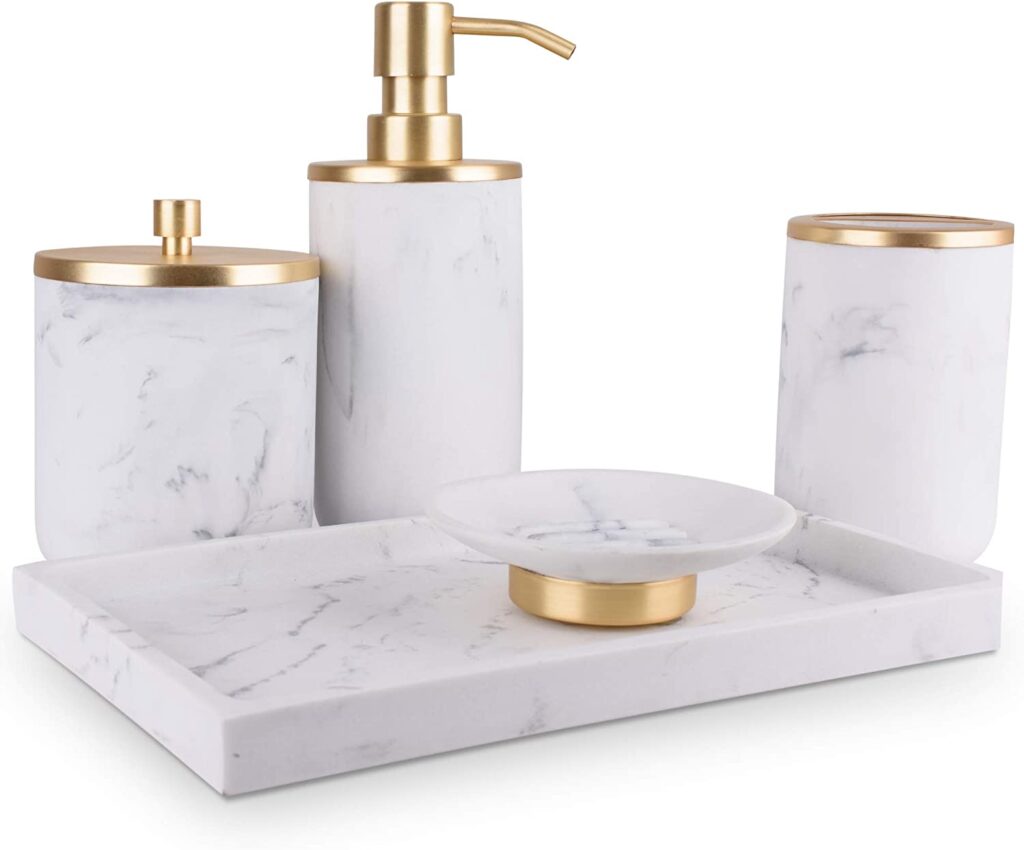




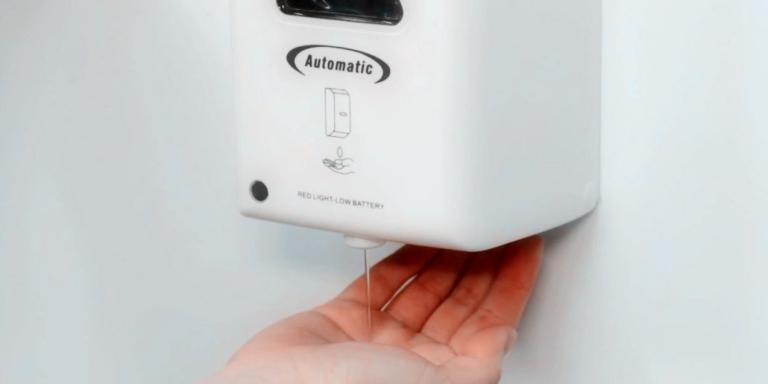

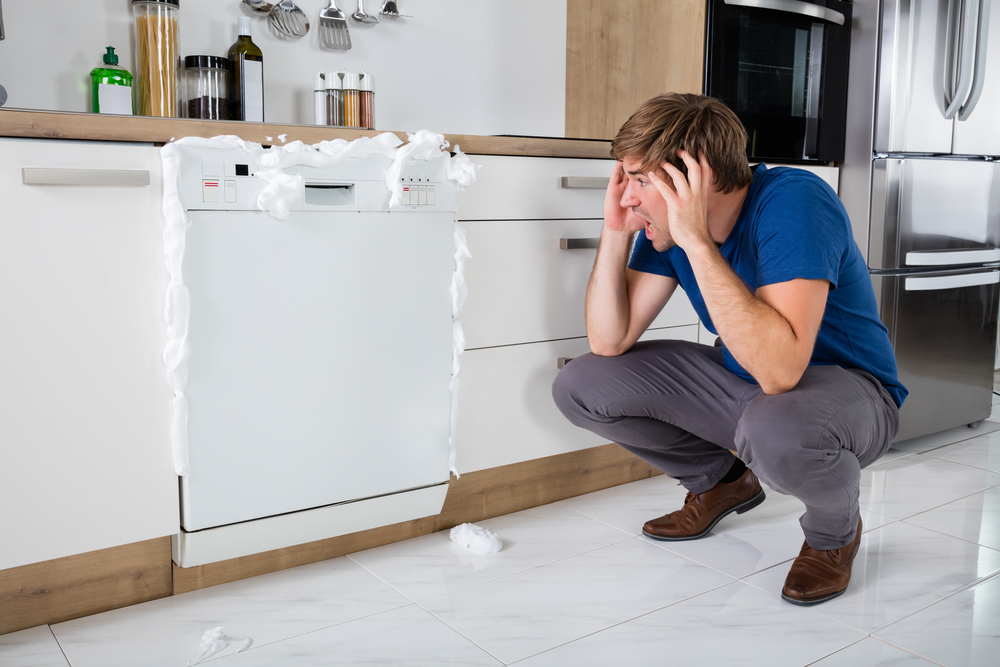


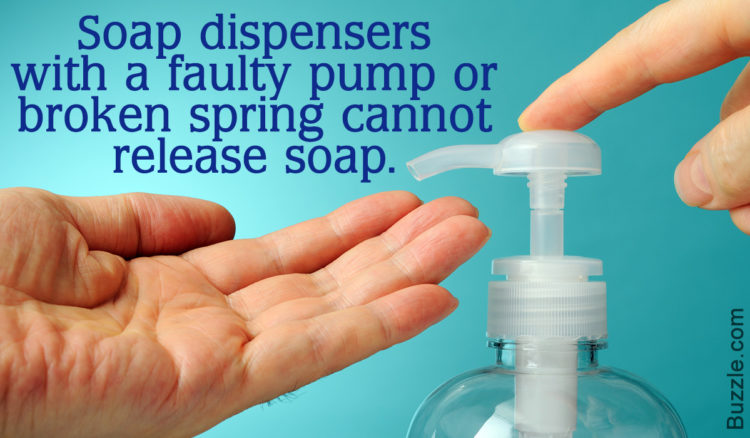
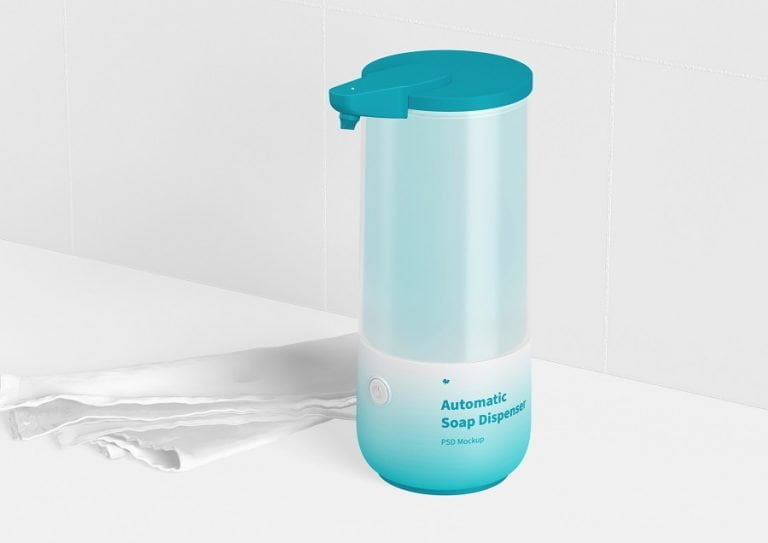

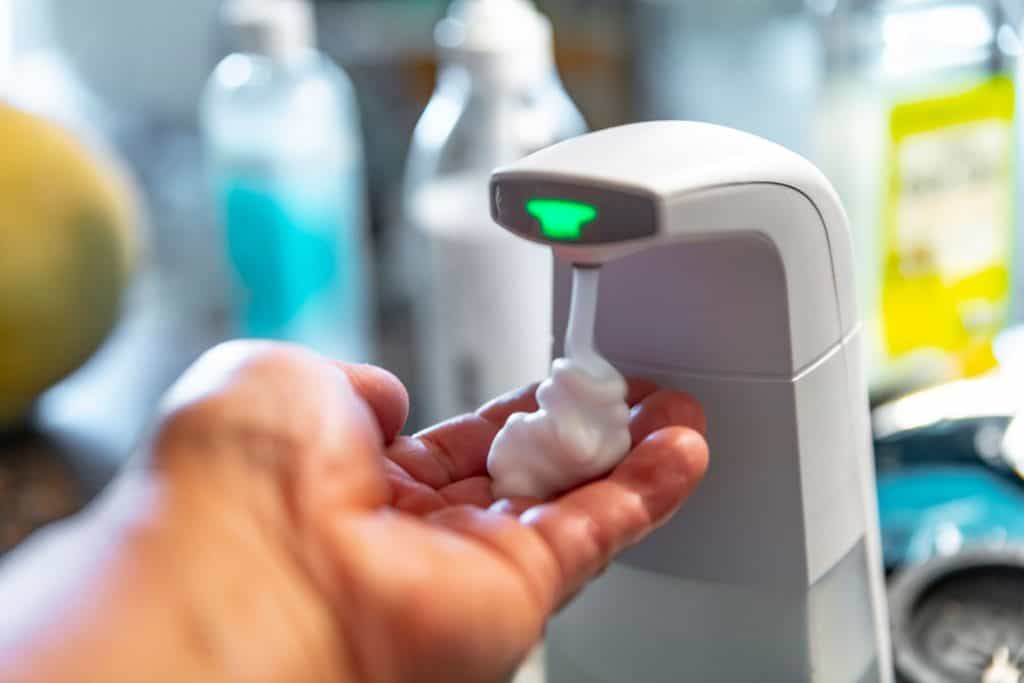

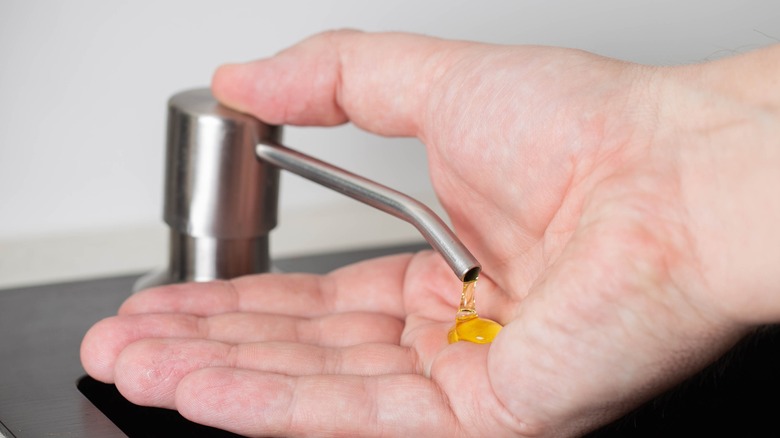



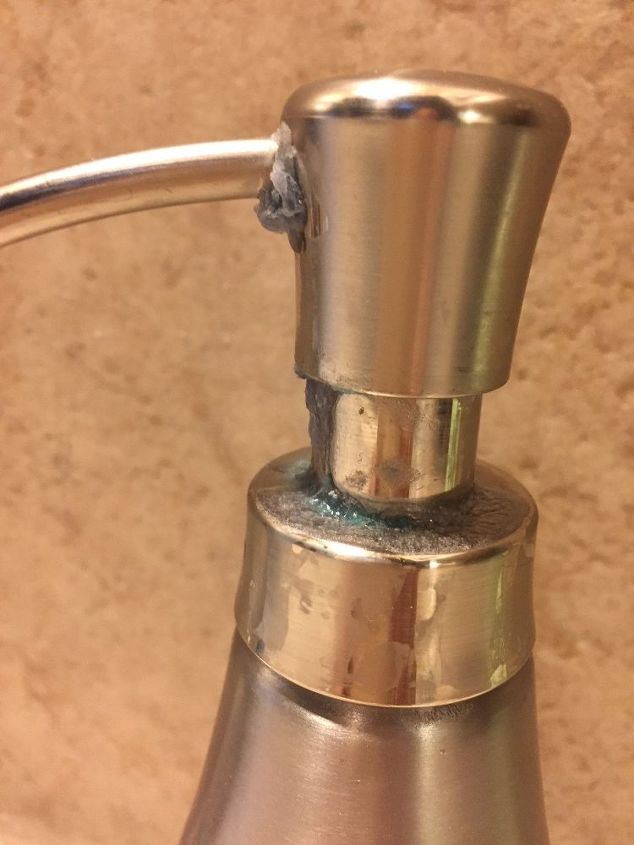




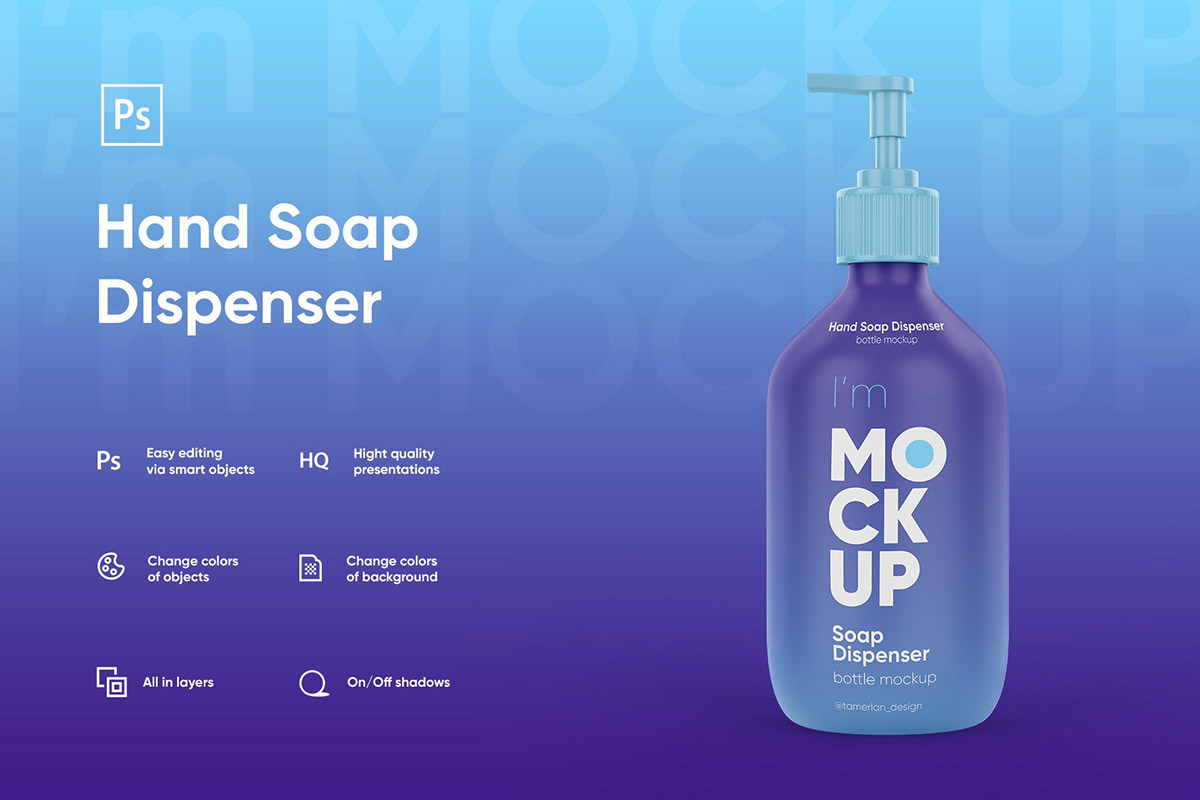

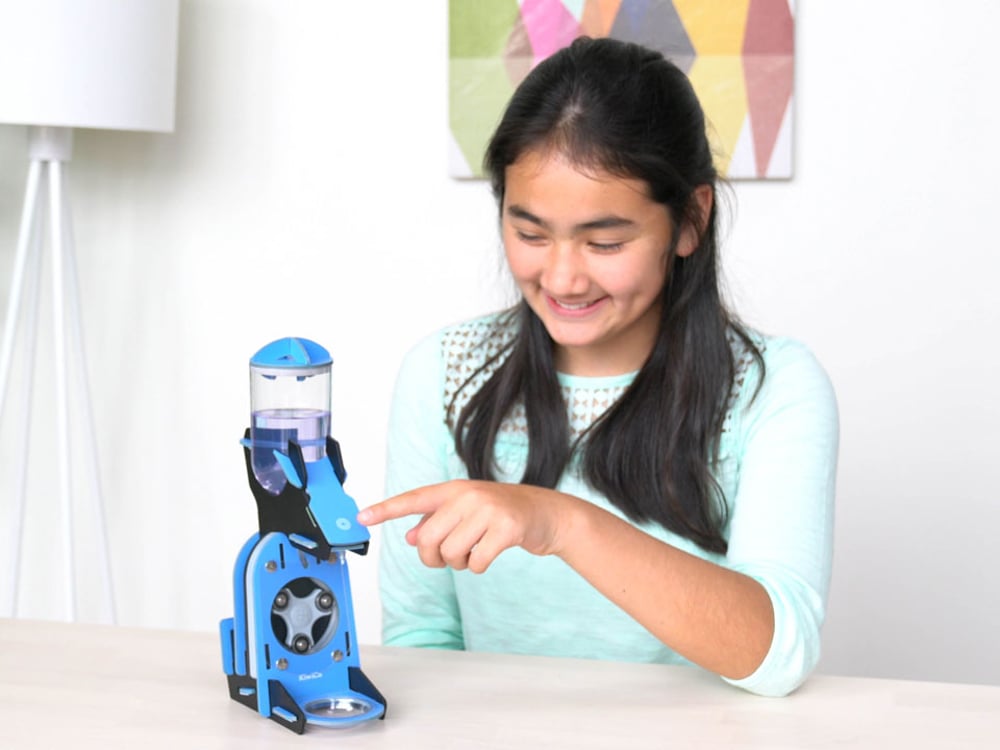




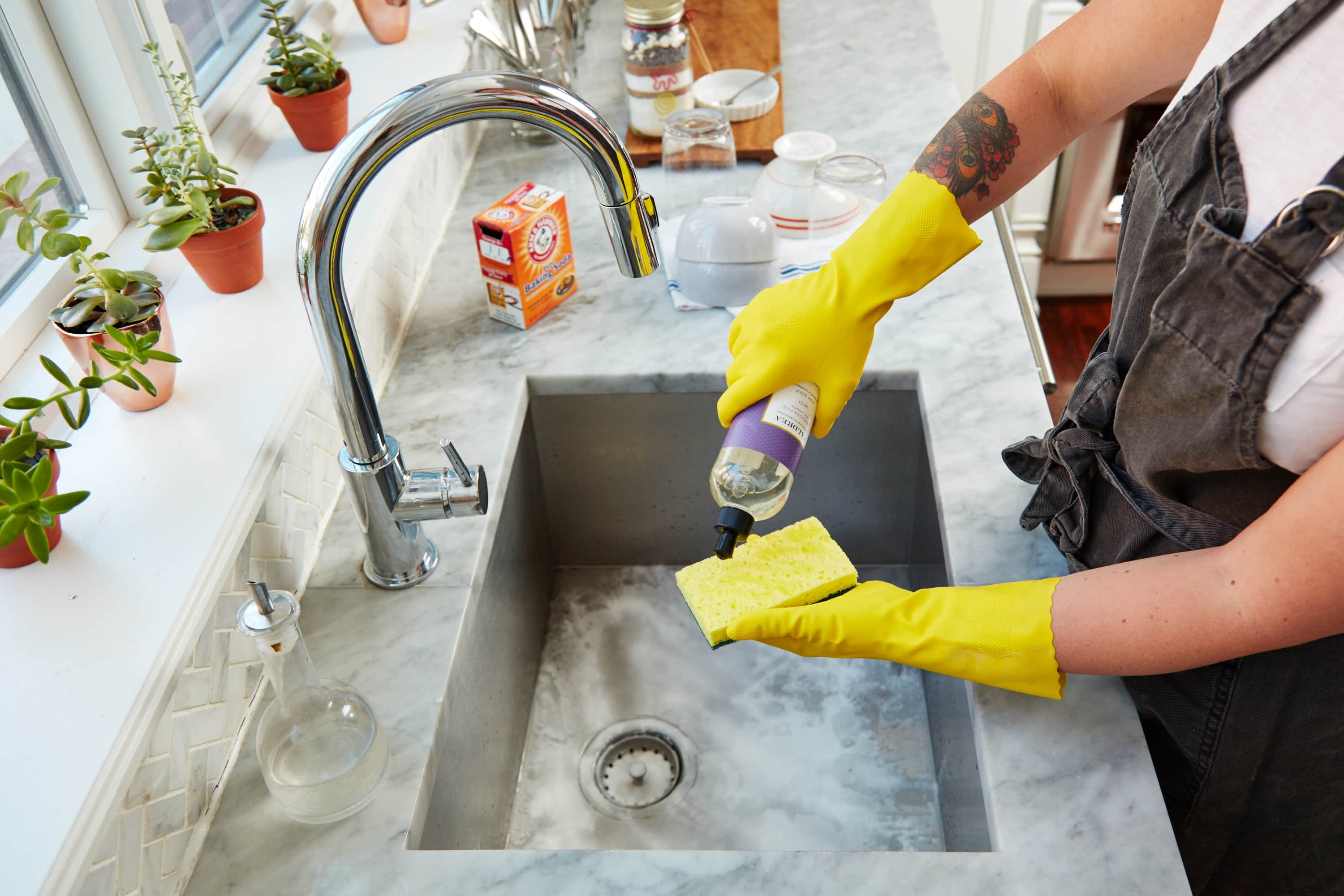
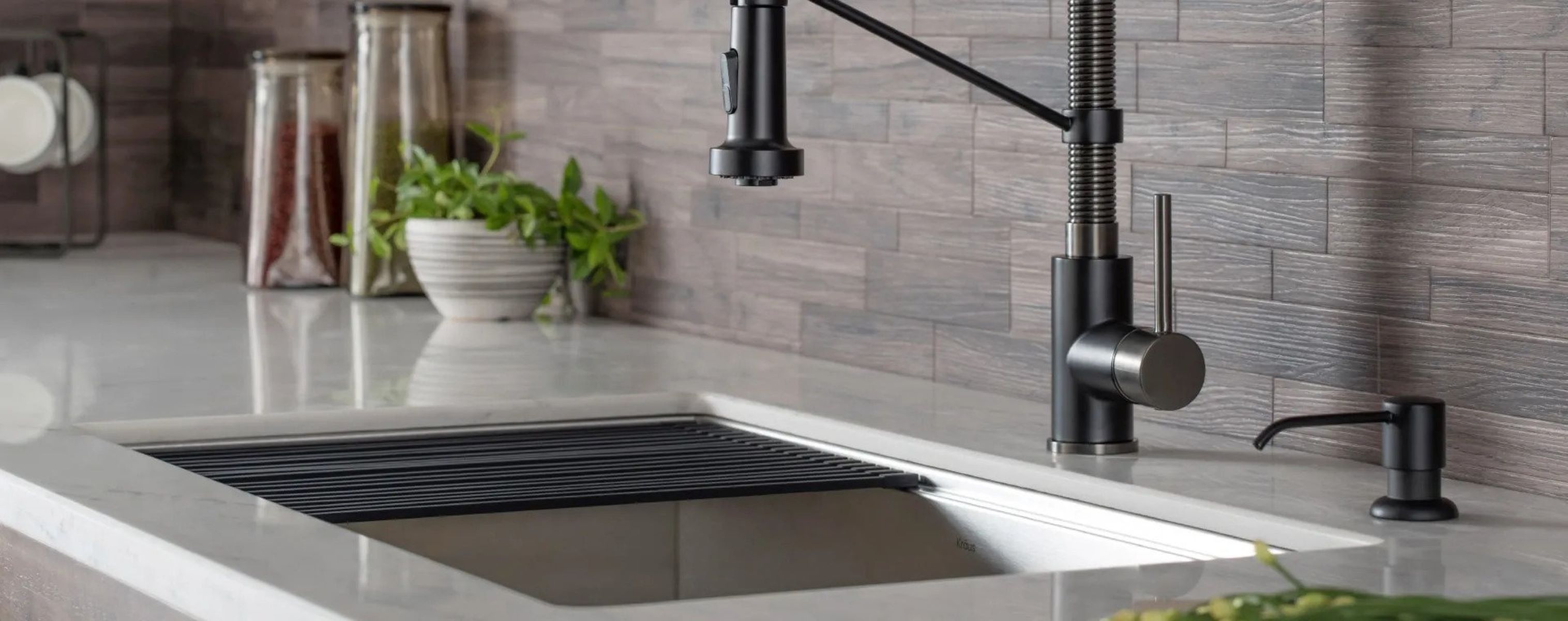





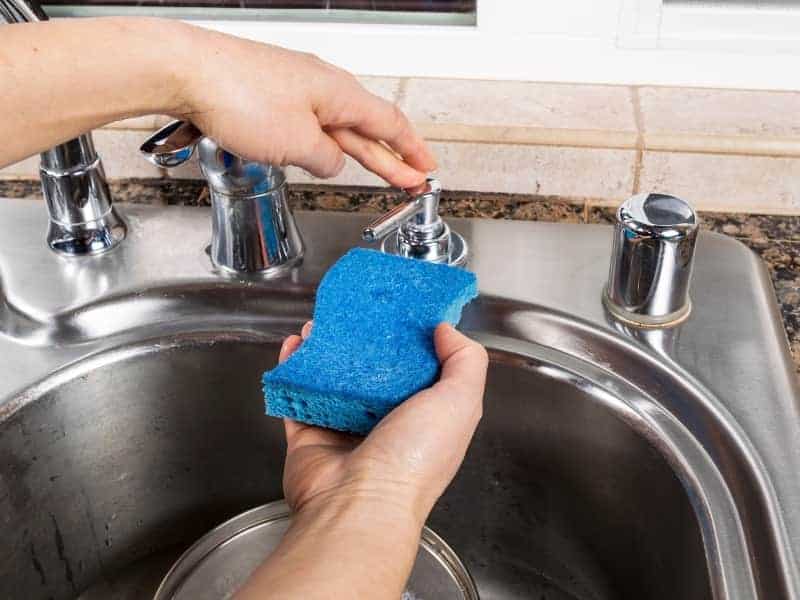


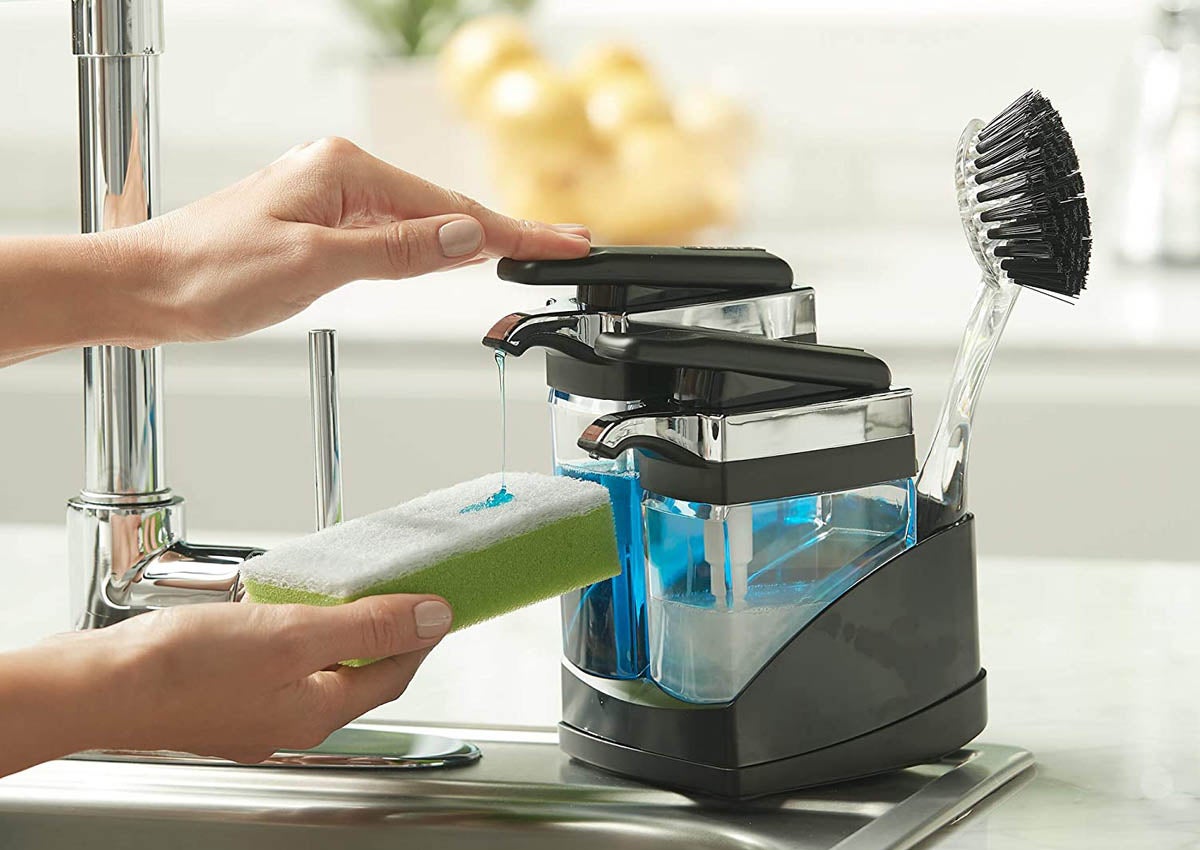

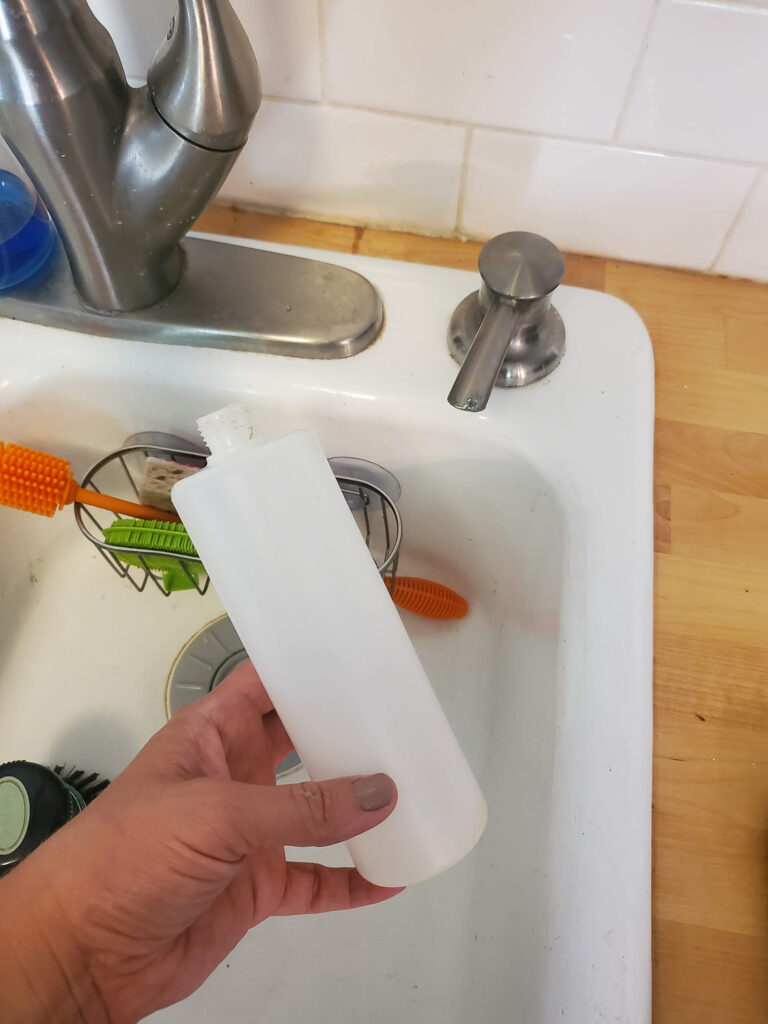
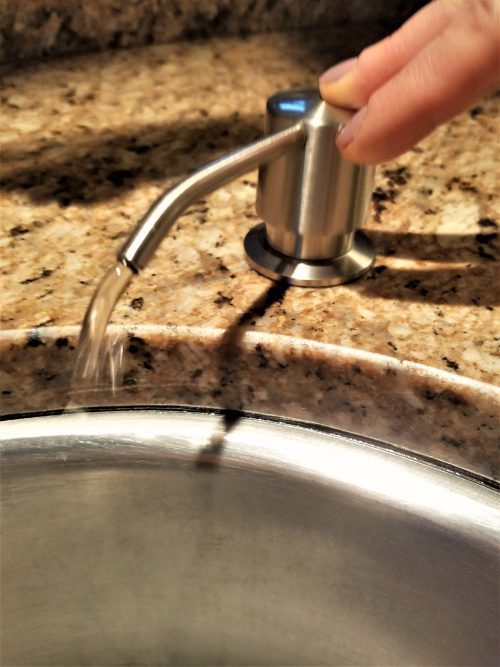


:max_bytes(150000):strip_icc()/Kitchensinksoapdispenser-GettyImages-91206440-59e82279054ad90011101a01.jpg)



